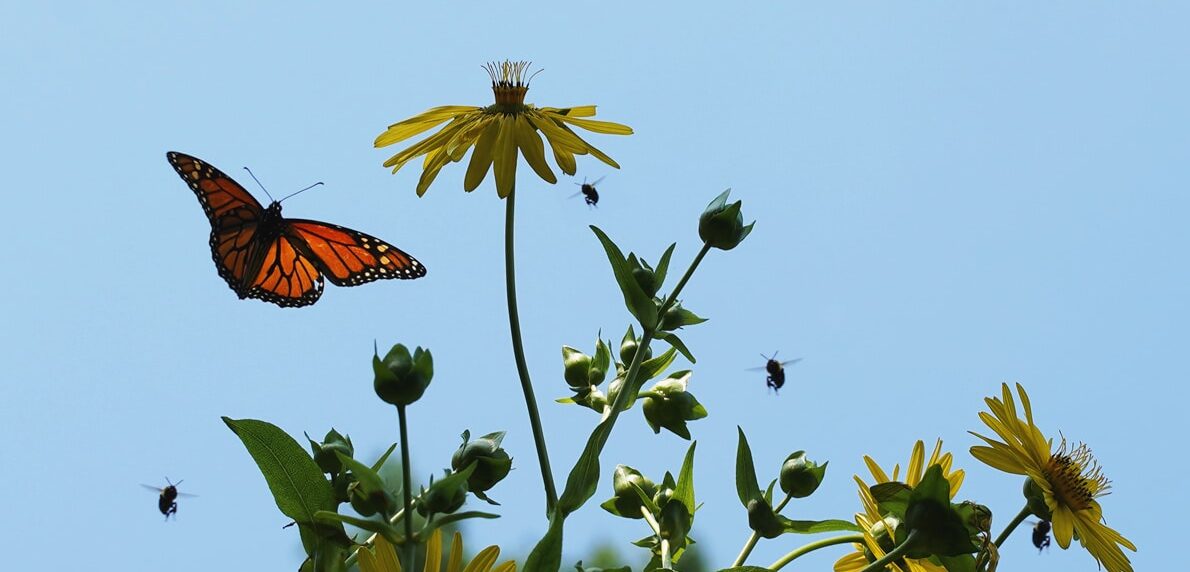PPA Profiles: Christian Zimmerman
September 17, 2015
This year, Christian Zimmerman, the Alliance’s chief landscape architect celebrates his 25th anniversary with the Alliance. During his tenure, he has overseen the dramatic transformation of Prospect Park after decades of deterioration and decline.
As Vice President of Capital and Landscape Management, he leads a talented team of architects, landscape architects, horticulturists, arborists and ecologists. He is a passionate steward of the Park and deeply devoted to the democratic vision conceived by the Park’s creators Frederick Law Olmsted and Calvert Vaux nearly 150 years ago. Nationally recognized for his historic preservation work, Christian was named an American Society of Landscape Architects Fellow in 2010.
Originally from North Dakota, he discovered his true calling as a landscape architect while studying horticulture at North Dakota State University. After earning a degree in Landscape Architecture at the University of Idaho, Christian moved to New York in 1988 where he began working as a landscape designer for the New York City Parks Department at the Olmsted Center. It wasn’t long before he joined the fledgling Prospect Park Alliance at a critical moment in its development.
Since that time, he has overseen a number of award-winning, innovative projects, from the restoration of the woodland Ravine (Brooklyn’s last remaining forest), to the Zucker Natural Exploration Area. Most significantly, Christian played a key role in the restoration of 26 acres in the southeast corner of the Park into one of the Alliance’s most popular and celebrated projects, Lakeside.
In his time restoring and preserving Prospect Park’s iconic terrain, the Park has returned to its place as one of Brooklyn’s most treasured destinations. In the early 1990s, when the Park’s neglected landscapes were considered unsafe, Park usage was at a low, with only 1.7 million visits each year. Since that time, the Park has returned to its place as one of the country’s premier green spaces, and now welcomes nearly 10 million visits each year. No matter the number of visitors, the Park remains a peaceful respite.
“You can always find a place to feel away from the city,” he said. “That’s the genius of the design.”
Despite overwhelming success stories, he still sees a lot of work to be done. “We’ve only restored 150 of 585 acres,” he explained. “We’ve done a lot, but there’s so much more to do. There are endless opportunities.”
With the completion of Lakeside, Christian and his team will now focus on the Park’s northeast corner, including woodland restoration in the Vale of Cashmere and the restoration of the Oriental Pavilion and Flatbush Avenue perimeter.

